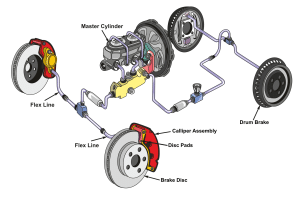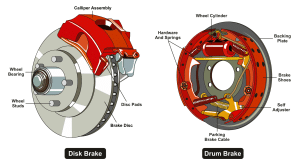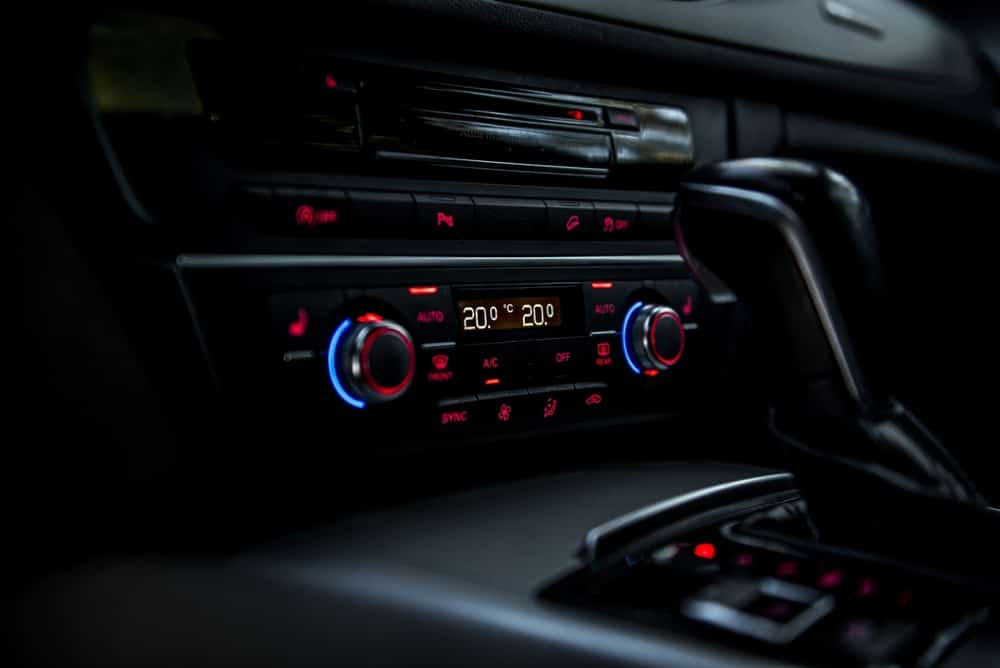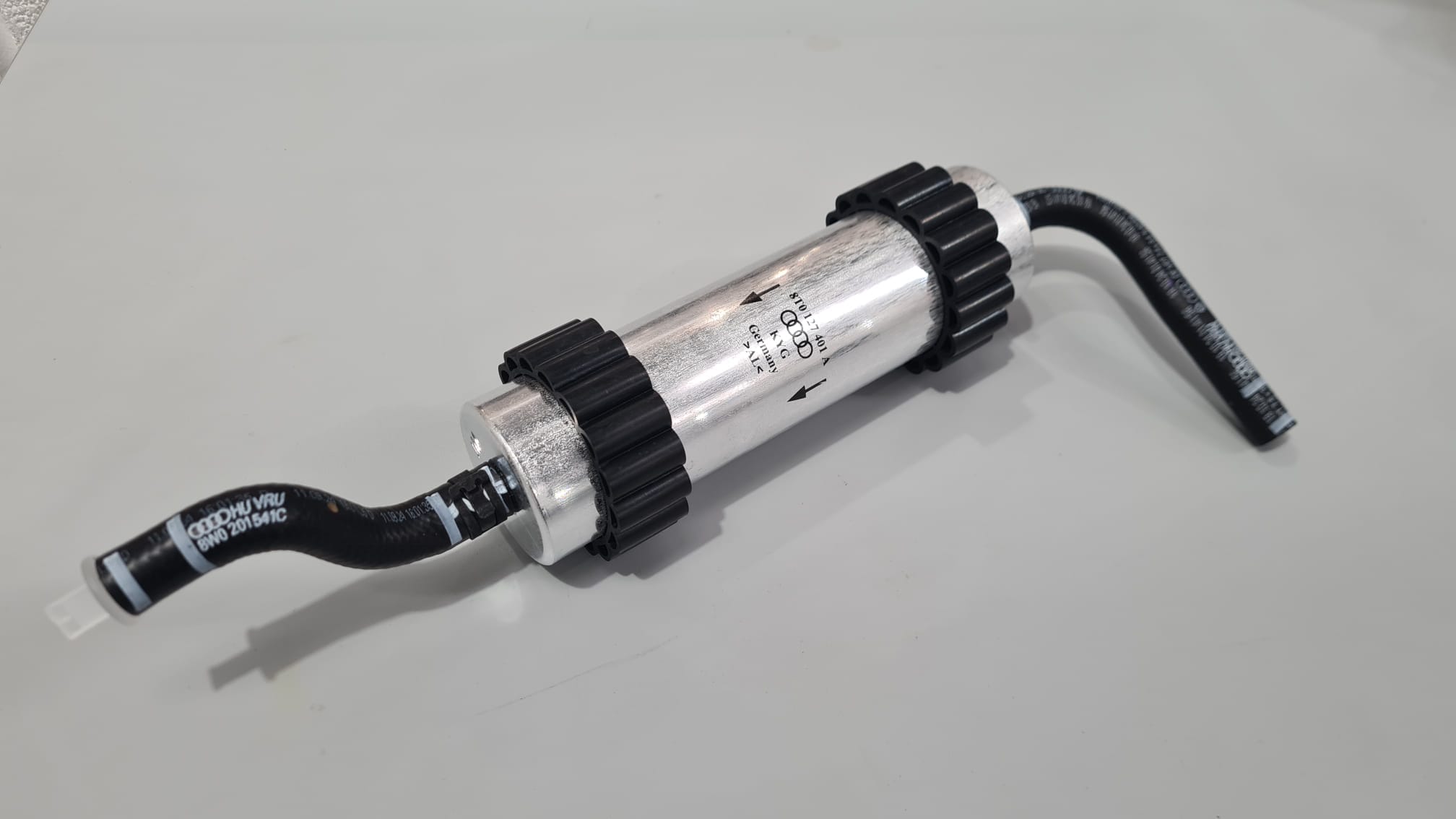Braking System
You might not spend much time thinking about your car’s braking system. You press the pedal, the car slows down, and that’s the end of it, right?
Not quite. That simple motion hides a highly engineered group of components all designed to work together. It’s this system that turns momentum into a safe stop, and when every part is functioning as it should, prevents collisions, protects passengers, and keeps you in full control.
Learning how your braking system operates can give you more confidence as a driver and help you recognise early signs of wear before they become safety concerns.
In this guide from Smith’s of London in Croydon, we’ll cover:
- How car brakes work
- What really happens when you press the pedal
- Key safety features built into modern systems
- The importance of regular servicing to keep your braking system in peak condition.
Whether you drive through Croydon, Beckenham or Coulsdon, understanding your braking system could help you spot problems before they put you at risk.
From Motion to Stop: How the Braking System Works
Your braking system has a single job: to bring your moving vehicle to a safe and controlled stop. But doing that reliably, no matter the conditions, takes some serious engineering.
Let’s explore the science that turns motion into heat and gives you precise stopping control.

The Simple Science Behind Stopping
When your car is moving, it carries kinetic energy—energy of motion. The faster you’re going, the more energy it has. Your brakes convert that energy into heat using friction, which brings the wheels to a halt.
Here’s how the most common systems found in passenger vehicles work:
- You press the brake pedal
- Hydraulic pressure is created in the master cylinder
- That pressure moves through sealed brake lines to each wheel
- Friction is created at the wheels to slow the car
- Disc brakes: pads clamp onto a spinning disc
- Drum brakes: shoes press outward against the inside of a drum
- Disc brakes: pads clamp onto a spinning disc
When road conditions are poor or you brake sharply, systems like ABS (Anti-lock Braking System) step in to prevent your wheels from locking. This helps you maintain steering control when it matters most.
But what happens inside the system the moment your foot hits the pedal?
The Hidden Process Behind a Simple Brake Press
Every time you brake, your car carries out a sequence of events in milliseconds, all designed to translate a simple pedal press into powerful, even braking across all four wheels.
Let’s break it down.
From Foot to Friction: Step-by-Step
- It begins with the brake pedal. Pressing the pedal applies mechanical force, but that alone isn’t enough to stop a car.
- Next comes the servo (or brake booster). This component uses vacuum assistance to multiply the force you apply, reducing the effort needed to slow the vehicle. Without it, your leg strength alone wouldn’t be enough to stop promptly.
- Then comes the master cylinder. This vital unit transforms the mechanical input into hydraulic pressure, displacing brake fluid within the sealed system.
- Brake fluid pressure is transmitted through brake lines and hoses. It’s important to note: it’s not the fluid ‘moving’ as you might expect; it’s the pressure in the fluid that’s transmitted. This pressure reaches each wheel, applying force without delay or pressure loss.
- At the wheels, brakes activate:
- In disc brake setups, hydraulic pressure pushes the pads against the spinning brake disc, producing friction and heat that slows the wheel.
- In drum brakes, the pressure acts on a wheel cylinder that pushes shoes outward against the drum’s inner surface.
- In disc brake setups, hydraulic pressure pushes the pads against the spinning brake disc, producing friction and heat that slows the wheel.

- When you release the pedal, springs return the brake components to their original positions. The system’s pressure drops, the friction surfaces disengage, and the wheels are free to rotate.
It’s a seamless loop of force, pressure, and friction, happening every time you brake, without a second thought.
Staying on top of this system’s health is essential. And that’s where our regular servicing at Smith’s of London makes all the difference. We check your brakes carefully, and if something’s not right, we’ll catch it before it turns into something more serious.
Other Key Features of the Braking System
Let’s take a closer look at two important supporting elements in your braking system: ABS and the Parking Brake.
Anti-lock Braking System (ABS)
ABS prevents your wheels from locking up under hard braking. It uses sensors at each wheel to monitor rotational speed. If a wheel is about to lock, the system momentarily reduces the brake pressure at that wheel, then reapplies it, doing this many times per second.
This rapid adjustment helps maintain grip and control during emergency stops, especially on wet or loose surfaces.
Parking Brake
The parking brake, often called the handbrake, is a separate safety system. It’s designed to keep your vehicle stationary when parked and can serve as an emergency brake if needed.
- In older vehicles, pulling the lever engages a cable that mechanically operates the rear brakes.
- In newer models, an electronic motor may do the job at the push of a button.
Regardless of the setup, the parking brake functions separately from the main braking system and is legally required to act on at least two wheels, making it a vital safety feature as well as a parking tool.
Let Smith’s of London Keep Your Brakes at Their Best
Brake safety isn’t something to ignore. If you notice changes in how your brakes feel – maybe longer stopping distances, a spongy brake pedal or squealing, grinding or unusual noises when braking – don’t delay.
At Smith’s of London, we take your safety seriously. Whether you’re in Croydon, Beckenham, Coulsdon or the surrounding areas, our team is here to help with any brake concerns you have.
We have a {{average-rating}} star Google rating from {{review-count}} satisfied customers, and we’re proud to offer:
- Honest, expert advice with no jargon
- Skilled technicians and up-to-date equipment
- Full 12-month parts and labour guarantee
- Clear pricing with no unexpected surprises
Need a brake check or service? Call Smith’s of London in Croydon today on 020 8674 3377 and we’ll take care of everything.



